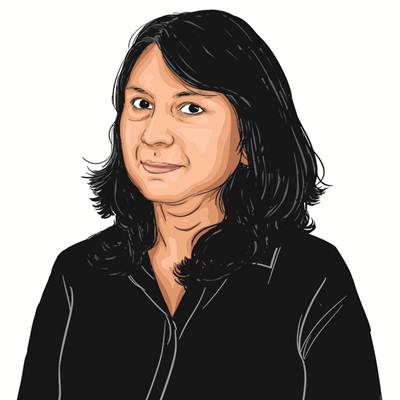Opinion A capital in limbo: Centre’s Chandigarh call deepens Punjab’s anxiety
The powers-that-be would do well to remember that stability in this sensitive border state rests as much on empathy as on good governance. Why foment trouble where none exists?
 The city’s place in the Punjabi imagination cannot be wished away, nor can Punjab’s sense of grievance at the perceived erosion of its rights. (File Photo)
The city’s place in the Punjabi imagination cannot be wished away, nor can Punjab’s sense of grievance at the perceived erosion of its rights. (File Photo) The Centre’s proposal to bring Chandigarh under Article 240 of the Constitution, paving the way for the appointment of a Lieutenant Governor to administer the Union Territory, has reopened a long-simmering faultline in Punjab. For a state that sees the city as its rightful capital, the move has revived anxieties over its shrinking administrative space. The timing has only deepened the unease; it comes days after Chief Minister Bhagwant Mann reiterated Punjab’s claim to Chandigarh at the North Zone Council meeting with Union Home Minister Amit Shah, and follows the passionate protests against the Centre’s move to dissolve the 59-year-old Senate of Panjab University, a decision widely seen as an attempt to tighten central control over the varsity before it was rolled back. The announcement, coinciding with the 350th anniversary of Guru Tegh Bahadur’s martyrdom, comes at a moment charged with memory and sentiment.
Chandigarh has always been far more than a geographical entity. Conceived by India’s first Prime Minister Jawaharlal Nehru as a balm for a Punjab torn asunder by Partition, it evolved into the joint capital of Punjab and Haryana after the 1966 reorganisation of states. The understanding at the time was that Haryana would, in due course, build its own capital, leaving Chandigarh with Punjab. That promise never materialised. Since 1984, the Punjab Governor has doubled as the Union Territory Administrator, with officers from Punjab and Haryana sharing duties in a 60:40 ratio. The status of Chandigarh and Punjab’s continuing lack of a capital is a grievance that resurfaces with every agitation that wracks the state. It is held up, time and again, as a symbol of central discrimination against a border state with only 13 Lok Sabha seats, too few, many in Punjab feel, to ever sway the government in Delhi.
Over time, the Centre’s imprint on the city’s administration has steadily grown. Officers from the AGMUT cadre now hold several key positions, and the same shift is visible in the police. In 2022, the Union Home Minister announced central pay scales for UT employees, replacing the Punjab service conditions. This summer saw Punjab politicians up in arms when the Centre and the Bhakra Beas Management Board (BBMB) — it manages water distribution from the Bhakra, Nangal, Pong and Ranjit Sagar dams among Punjab, Haryana, Rajasthan and Delhi — directed the release of additional water to Haryana beyond its allocation. When tempers flared over what Punjab called a malicious overreach, and the BBMB chief alleged harassment by protesters in the state, the Centre responded by deploying CISF personnel to take charge of security at the Bhakra and Nangal dams, yet another first in the fraught, often acrimonious relationship between Punjab and the Union government.
On the ground, most locals prefer the status quo. Chandigarh is a magnet for people from across the country, and residents benefit from central funds and the influence that comes with being the power centre for two states. It is an arrangement that has endured despite occasional grandstanding — often no more than that — by politicians. What Chandigarh does not want is any agitation in its name.
The city’s place in the Punjabi imagination cannot be wished away, nor can Punjab’s sense of grievance at the perceived erosion of its rights. The powers-that-be would do well to remember that stability in this sensitive border state rests as much on empathy as on good governance. Why foment trouble where none exists?
manraj.grewal@expressindia.com





